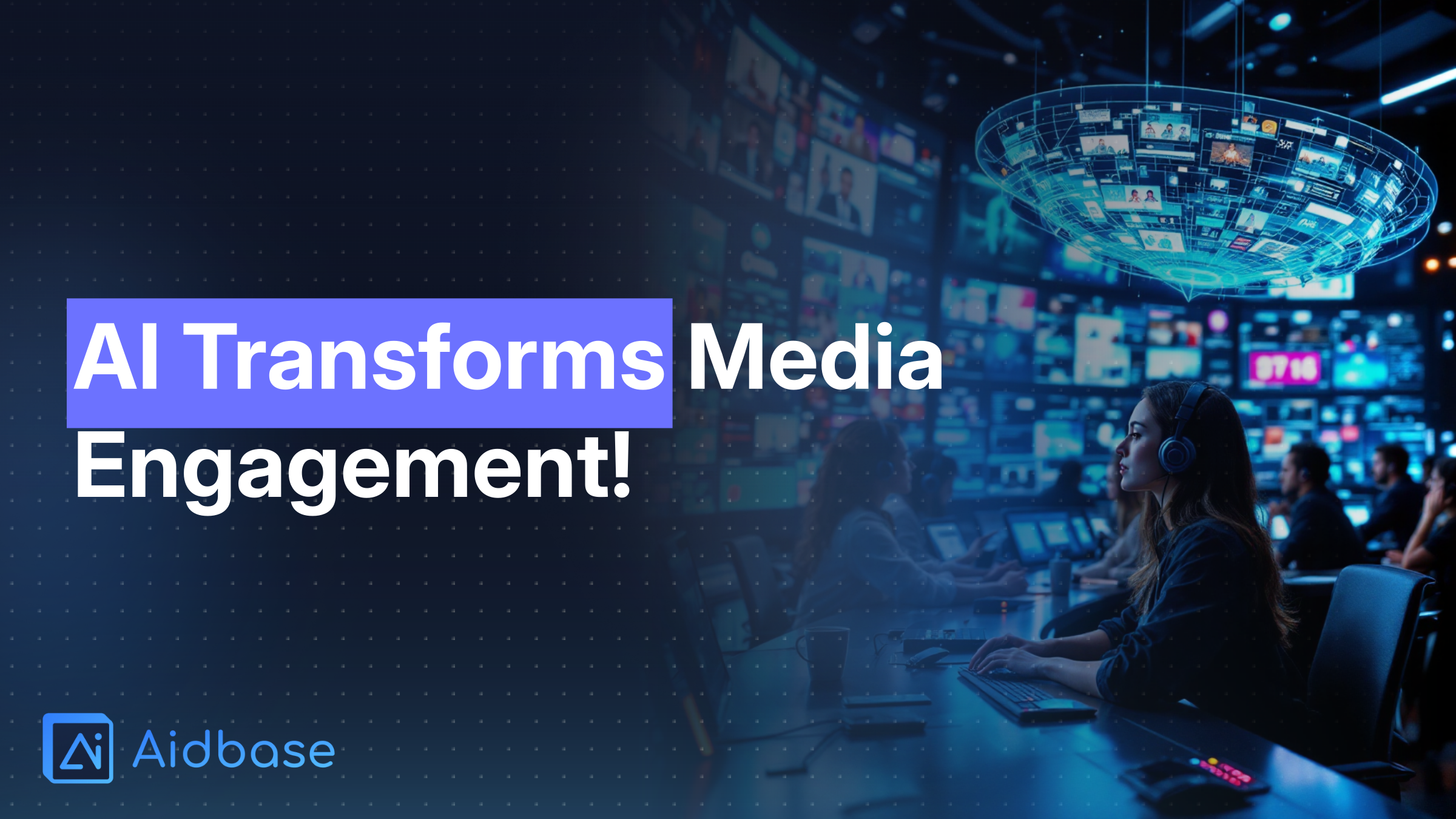In the rapidly evolving media landscape, artificial intelligence (AI) is tr...

In today's rapidly evolving media landscape, artificial intelligence (AI) is not just a futuristic concept—it's a transformative reality. Media companies across the globe are leveraging AI to redefine audience engagement and streamline content delivery. By integrating AI applications such as automated content recommendations and chatbots, organizations are improving operational efficiency, boosting user satisfaction, and opening new avenues for creativity and personalized content. This post explores how AI is revolutionizing the media industry, examining both successes and challenges alongside future trends that promise to further shape the industry.
Artificial intelligence is making significant inroads into the media world, transforming how content is created, delivered, and consumed. Traditional media approaches, which once relied heavily on manual processes and broad-spectrum broadcasting, are now evolving into more dynamic and interactive systems. AI-driven tools can analyze vast quantities of data in real time, enabling media companies to gain deep insights into audience behavior and content performance. This evolution is not merely about efficiency; it's about fundamentally changing the way media organizations interact with their audiences.
Key AI applications in the industry include:
These innovations not only improve efficiency but also provide a competitive edge in a crowded industry, setting the stage for unprecedented levels of audience interaction and satisfaction.
Audience engagement is at the heart of success in the media industry. Today's consumers expect personalized, responsive, and interactive content experiences. AI plays a crucial role here by analyzing user behavior and preferences to create tailored experiences that resonate with individual viewers. Through sophisticated algorithms, media companies can interpret data from social media, streaming habits, search history, and more to create highly personalized content feeds.
Several key benefits of this approach include:
The integration of AI systems in understanding user behavior fosters an environment where media companies can track and refine their engagement strategies continuously for better results.
Content delivery has shifted from being a one-size-fits-all broadcast to a highly personalized, on-demand service. AI helps optimize this transition by automating the delivery process and ensuring that the right content reaches the right audience at the right time.
Some notable advancements include:
This transformation not only increases engagement but also helps media companies stay scalable. Tools like Aidbase can further support these initiatives by offering AI-integrated solutions that streamline operational processes and mitigate common integration challenges.
Though detailed statistics and specific case studies vary across reports, several real-world examples highlight the disruptive impact of AI in the media industry:
These implementations showcase how AI can lead to more efficient operations and improved service delivery across various platforms. Media companies that adopt these technologies have seen marked improvements in customer satisfaction, a testament to the technology’s robust potential.
Chatbots have emerged as one of the most valued AI applications in media customer support. By handling routine inquiries, offering quick assistance, and gathering valuable feedback, AI-powered chatbots help streamline numerous facets of customer interaction.
Advantages include:
Moreover, as natural language processing (NLP) continues to advance, chatbots are becoming more adept at understanding and responding to complex queries—a development that promises to push customer interactions into new realms of sophistication. This use of AI is setting new benchmarks for customer service and interactivity in the media space.
Despite the clear benefits, integrating AI into media customer support is not without its challenges. Some of the primary hurdles include:
It is crucial for media companies to address these challenges proactively to harness the full potential of AI while maintaining trust and compliance with regulatory standards.
Looking forward, the integration of AI in media promises even more exciting developments:
These trends underscore the importance of continuous innovation and adaptation, ensuring that media companies remain at the forefront of delivering value to their audiences.
Artificial intelligence is no longer a futuristic ideal—it's a present-day catalyst for change in the media industry. By transforming audience engagement and content delivery through automated recommendations, advanced chatbots, and sophisticated analytics, AI is redefining how media organizations connect with viewers. While challenges such as data privacy, bias, and technology integration remain, the benefits far outweigh the obstacles. As the industry moves towards even more personalized and immersive experiences, embracing AI is not just an option but a necessity for any media enterprise aiming to thrive in this dynamic environment.
In embracing AI, media companies are not only optimizing their operations but also reimagining the very framework of audience engagement, setting a strong foundation for future innovations and sustained growth.